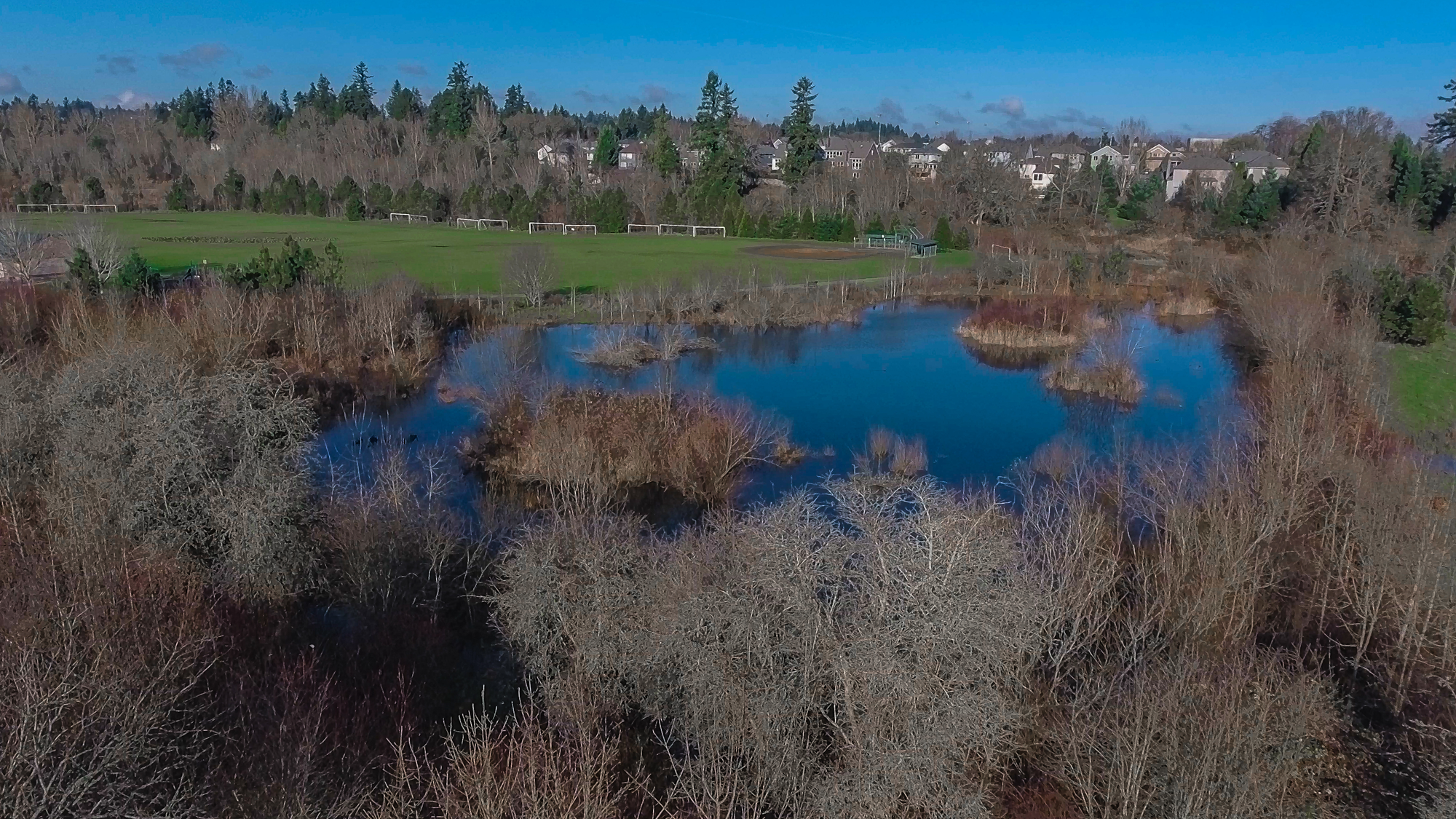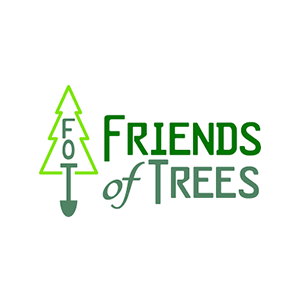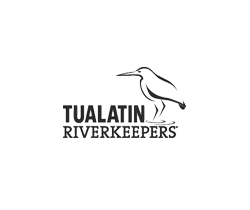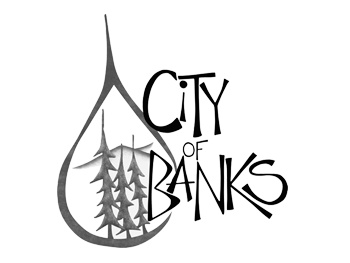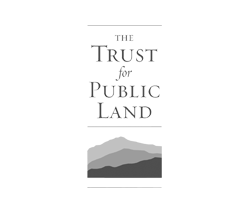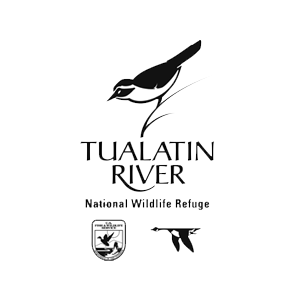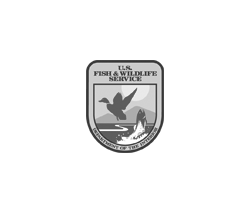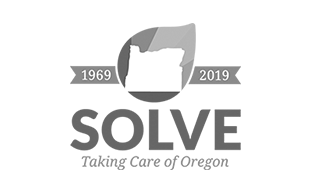Creating A Renewed Prairie Home
In Tigard, the site of a former dairy highlights the challenges and opportunities of being a good partner and neighbor when attempting to manage natural areas in an urban setting. Along the Tualatin River, adjacent to Cook Park and Durham City Park, the 26-acre Thomas Dairy site includes multiple acres of emergent wetland, wet prairie and oak savanna. The site is near the Durham Water Resource Recovery Facility and the confluence of Fanno Creek with the Tualatin River. It connects with a regional trail system frequently used by cyclists, joggers, walkers and their dogs. The area is also frequented by geese, frogs, ducks and coyotes and is only a mile from Tigard High School and Durham Elementary School, where nearly 3,000 students attend. The site offered the potential to create urban wildlife habitat, increase native plant biodiversity, enhance an urban green space, increase shade for the Tualatin River, and provide connectivity to Cook Park, Durham Park and across the Ki-a-Kuts Bridge to Tualatin Community Park.
The Site
First planting: 2008
Size: 28 acres
Stream length: 630 feet
Total to date: 79,357 plants
Plant communities: Emergent Marsh, Oak Woodland, Riparian Forest, Scrub Shrub, Wet Prairie
The Challenge
Like many other urban sites, Thomas Dairy had become dominated by non-native plants that crowded out the native plant communities. Soil was compacted from decades of grazing and agricultural use. Plant life suffered from off-trail use by both people and dogs. Due to drain tiles and ditching, the wetland hydrology was degraded, eliminating the wet prairie and reducing available habitat for water birds, amphibians and other wildlife.
The Transformation
Enhancement efforts conducted by Tree for All partners have included targeted management actions to reduce the cover of non-native plants and reestablish dozens of native sedges, rushes and other native wet prairie species. Thousands of trees and shrubs have been planted at this site to create shade over the Tualatin River and provide habitat complexity. Several clusters of Willamette Valley Oregon white oak and ponderosa pine have been planted to establish an oak savanna-wet prairie habitat that has been nearly eliminated in the region. Thomas Dairy now hosts a diverse plant community once common in the Willamette Valley that is being utilized by people and wildlife.
Within the riparian forest, Clean Water Services is researching how to best reestablish important forest understory plant species in a maturing forest with abundant shade. Seeding trials have been installed and will be monitored in a multi-year effort to develop methodologies aimed at helping land management practitioners reestablish forest understory species such as trillium and sword fern.
Additionally, the neighboring natural areas at Cook Park are managed with the help of a partnership among Tualatin Riverkeepers, City of Tigard, Friends of Trees and others, with funding from CWS and Metro. Through volunteer planting events, thousands of native trees, shrubs and herbaceous species have been added to the site. The partners have made this a demonstration site that illustrates the importance of incorporating ecology in urban areas.
And finally, this site has been used by Tualatin Valley Fire & Rescue to conduct several prescribed live fire exercises for wildland fire training and native plant stimulation. Fire is an important ecological process when managing prairies. Historically, frequent low intensity fires would maintain much of the open area structure and herbaceous species composition by burning all of the woody plants attempting to colonize the prairie. The results? A post-fire plant community that includes space for beautiful flowering forbs that are essential food sources for native pollinators. Additionally, the live-fire exercises proved useful as hands-on training opportunities for TVF&R staff who, with increasing frequency, find themselves responding to wildfires in the wildland-urban interface, where natural areas and developed communities meet.
64 native plant species
Plant cover change*
Native shrub/tree: +94%
Native herbaceous: insufficient data
Invasive: insufficient data
* Figures measure increase/decrease since monitoring began in 2007. Shrub/tree and herbaceous cover are measured only in plant communities appropriate to those species.
Watch Wetlands-Seasons of Minds, shot in part at Thomas Dairy.






